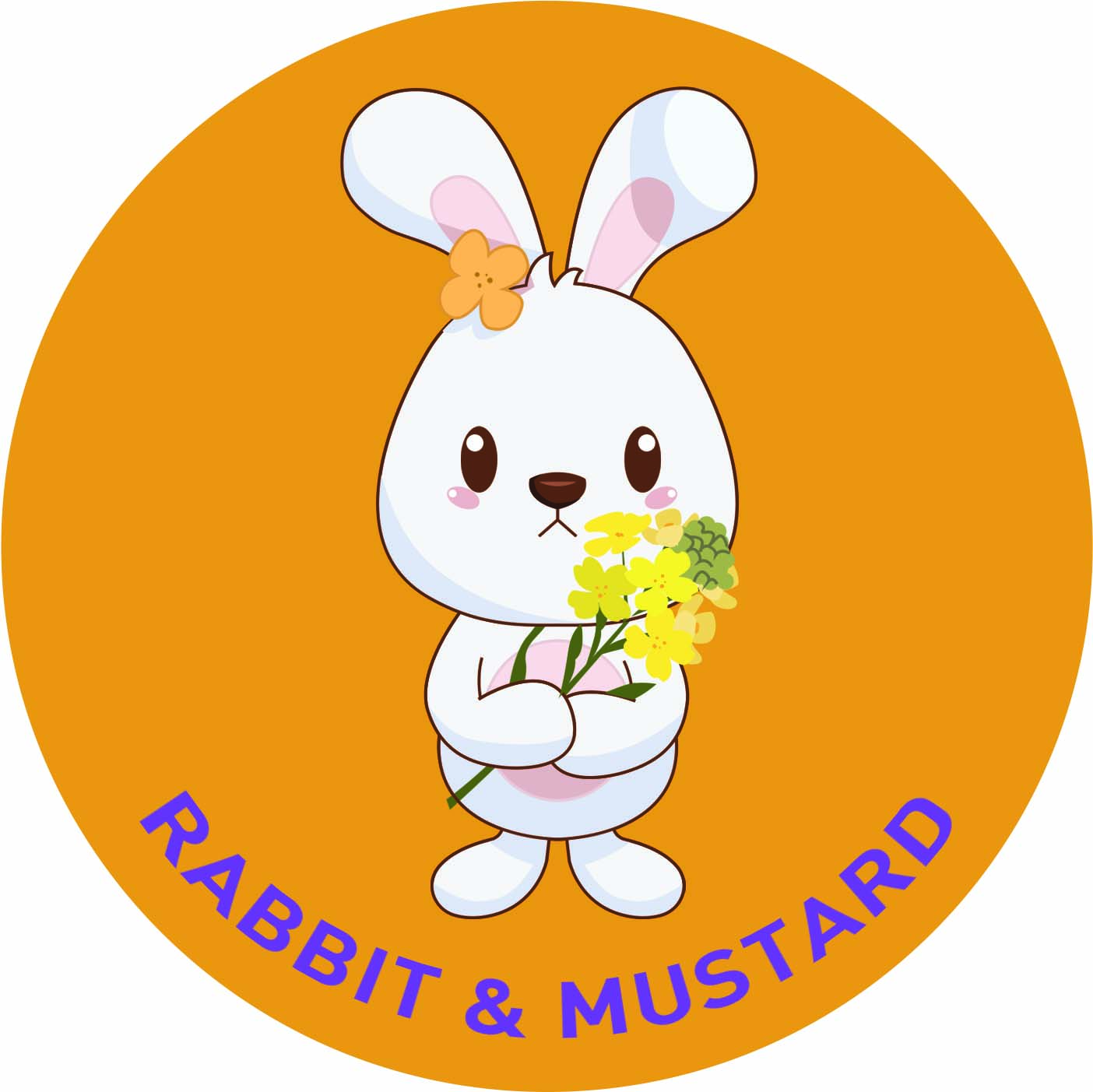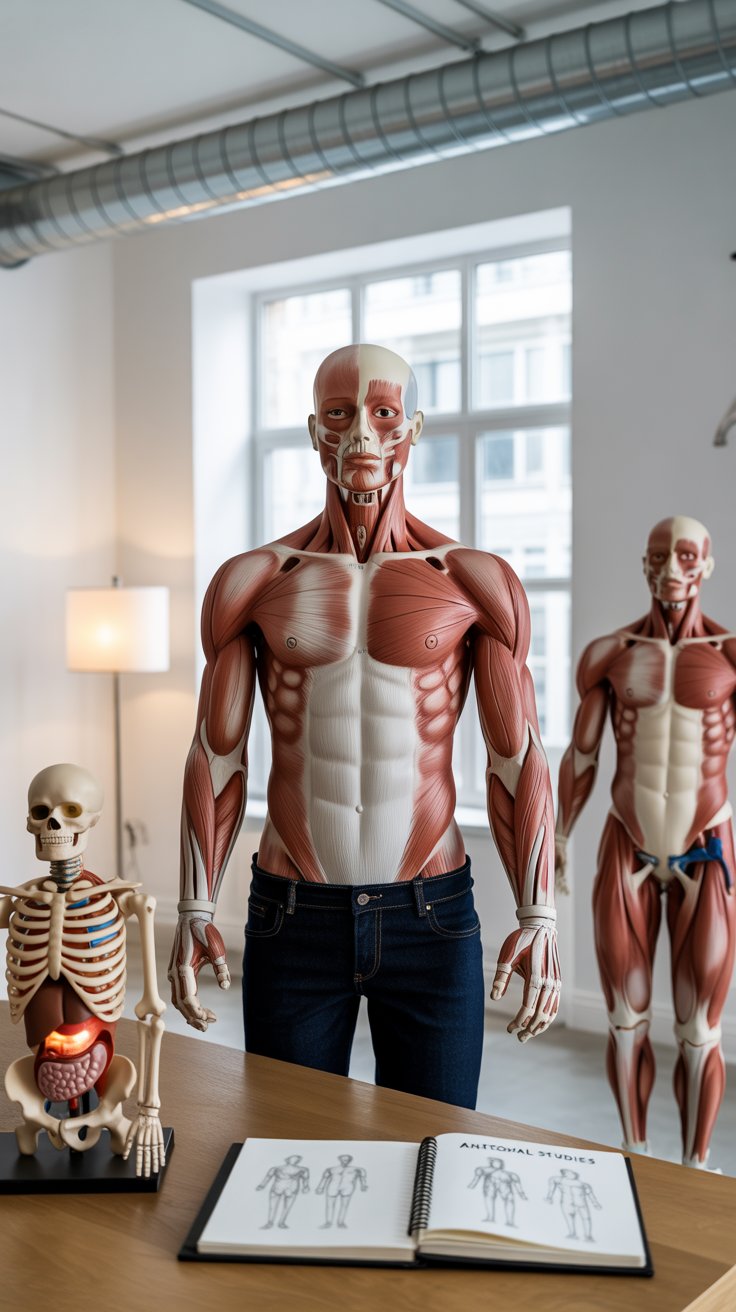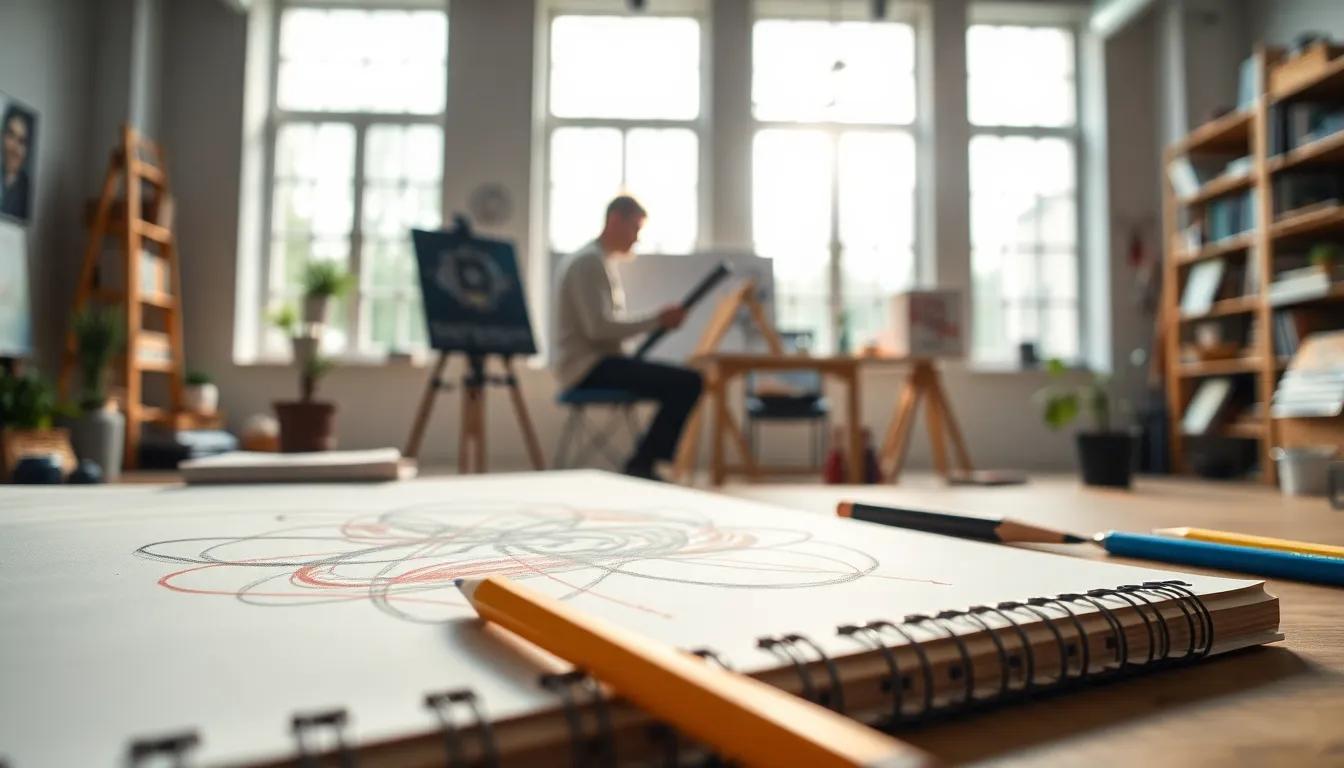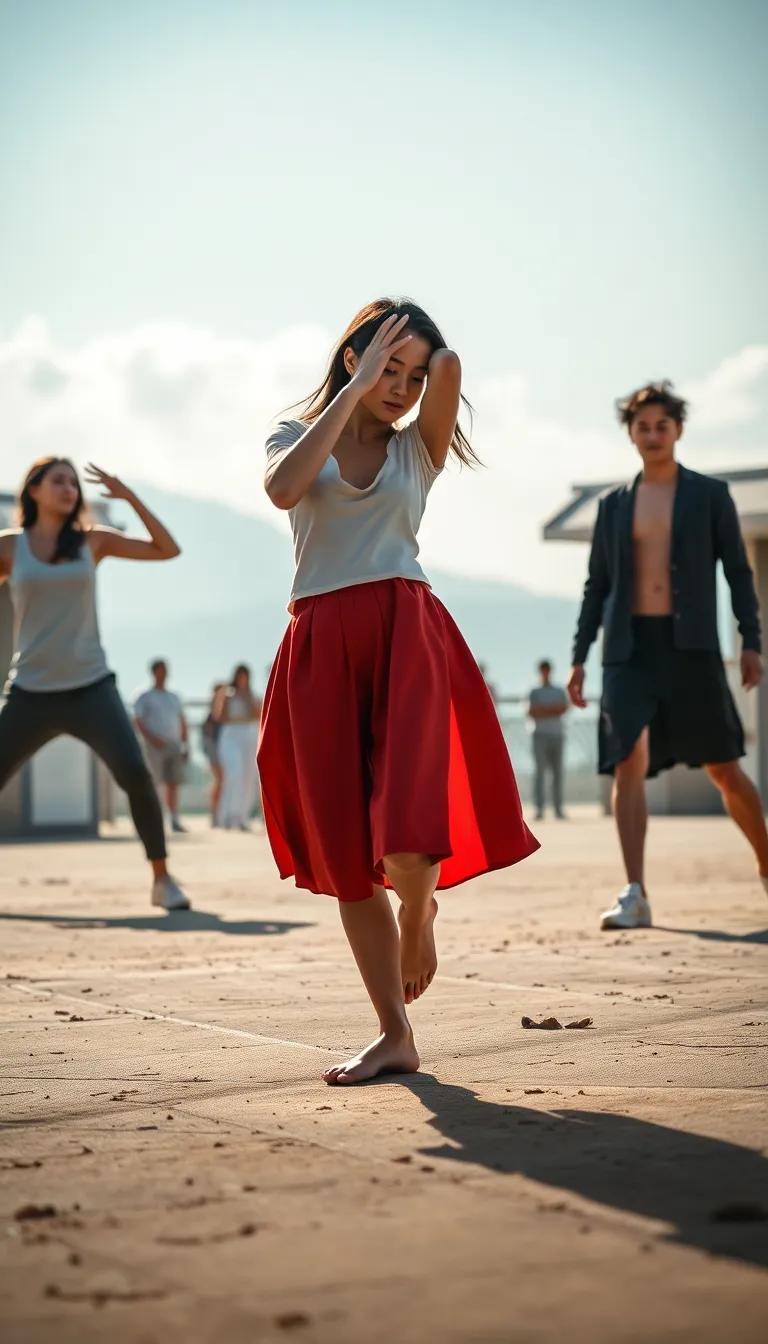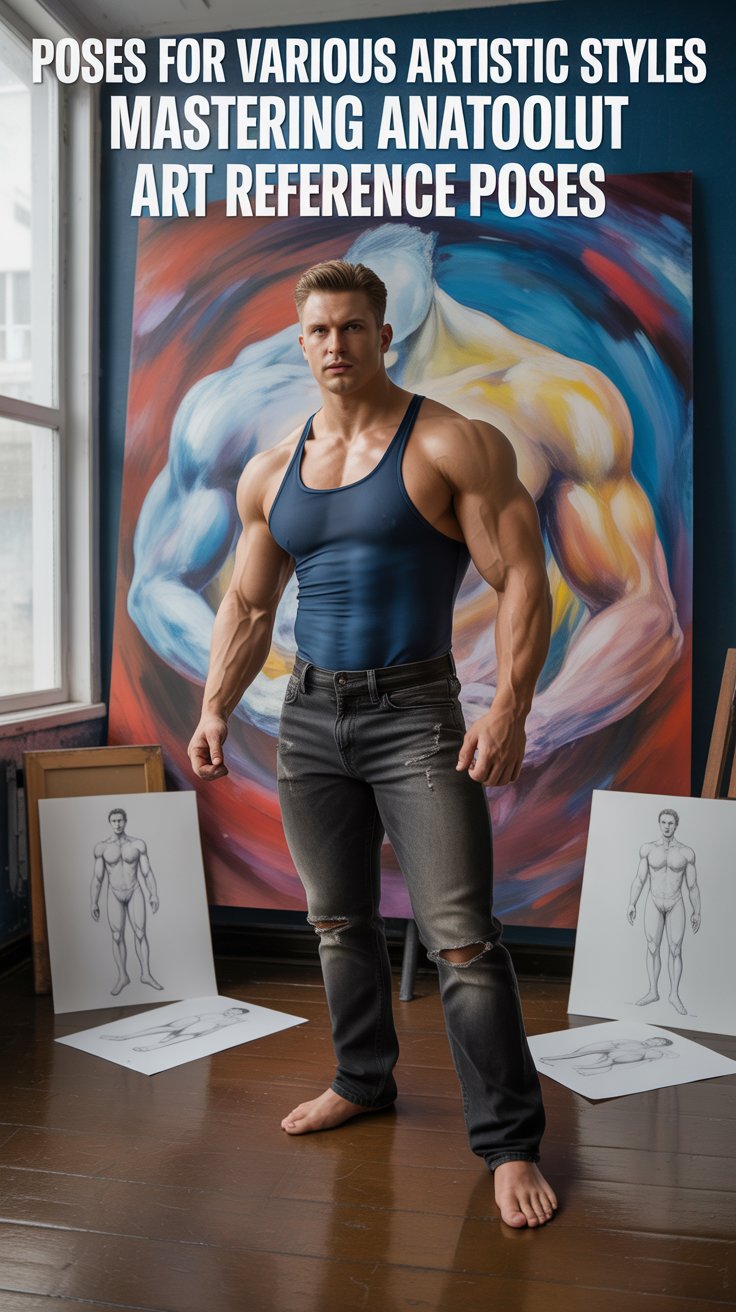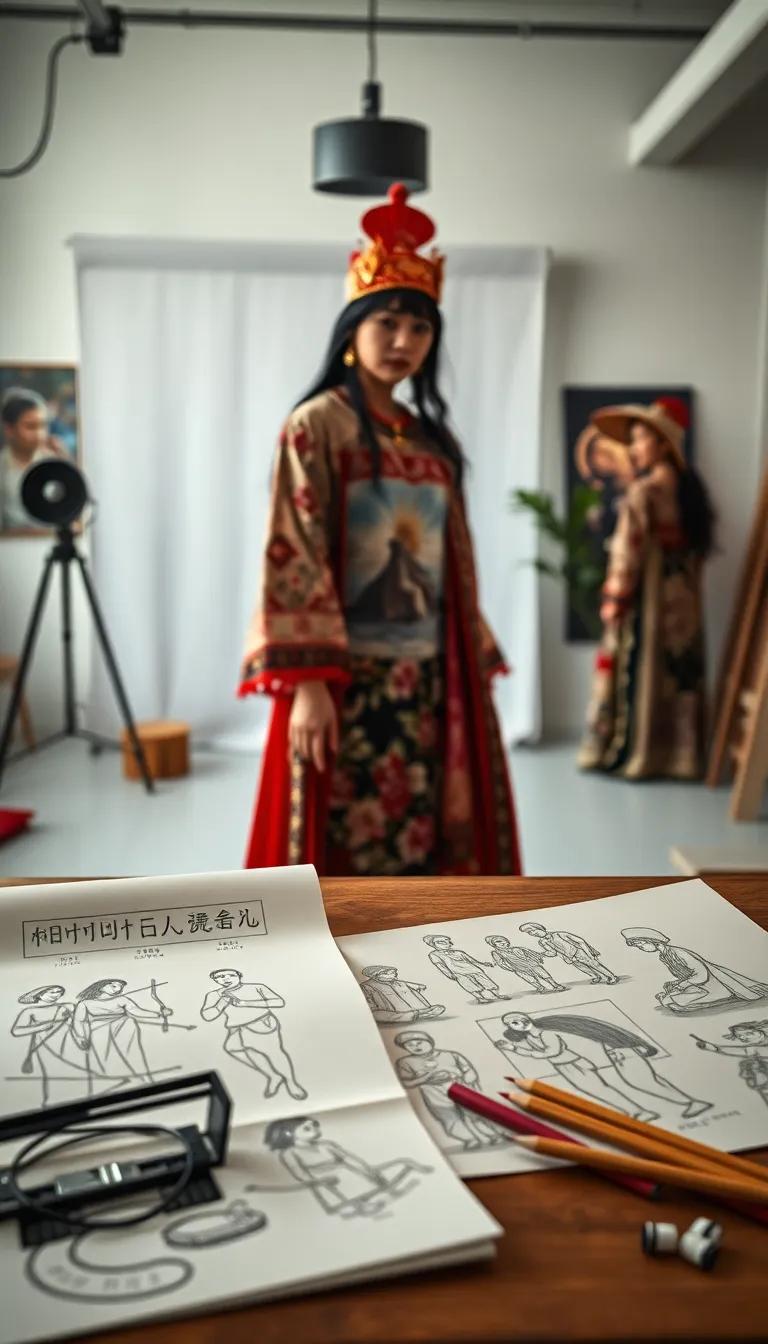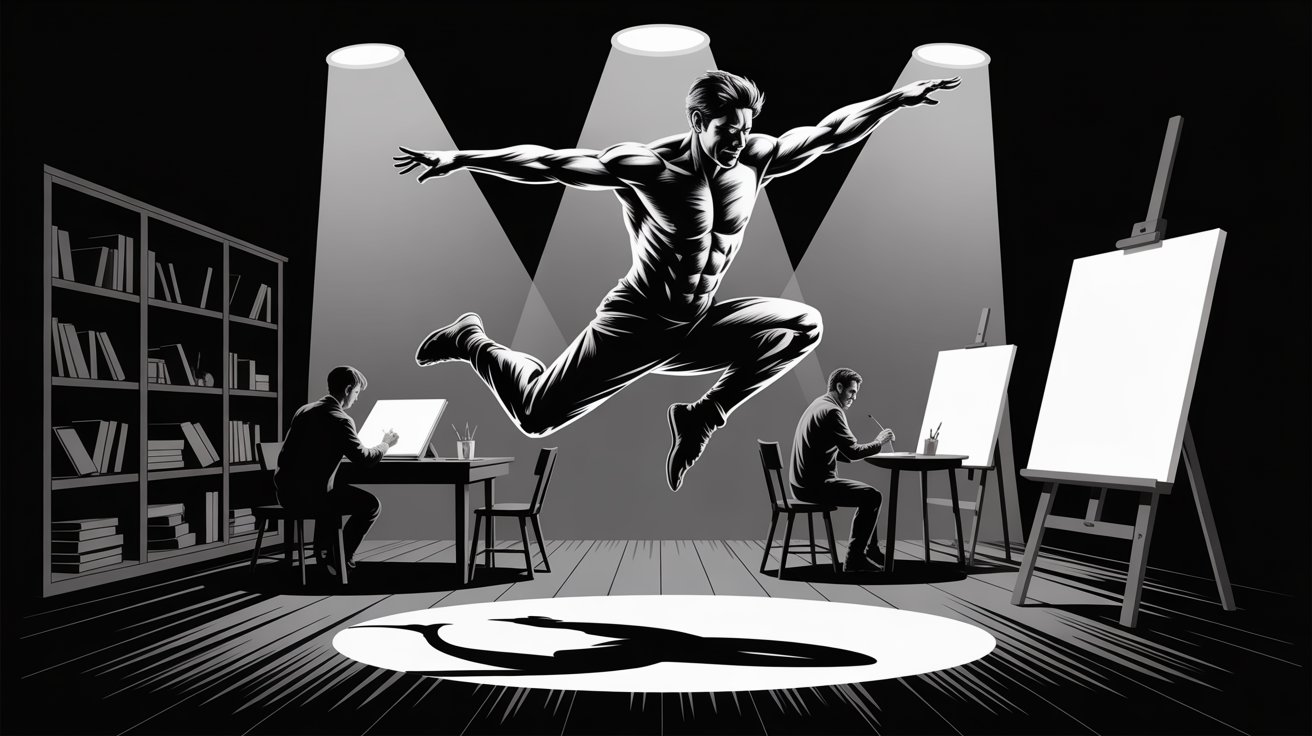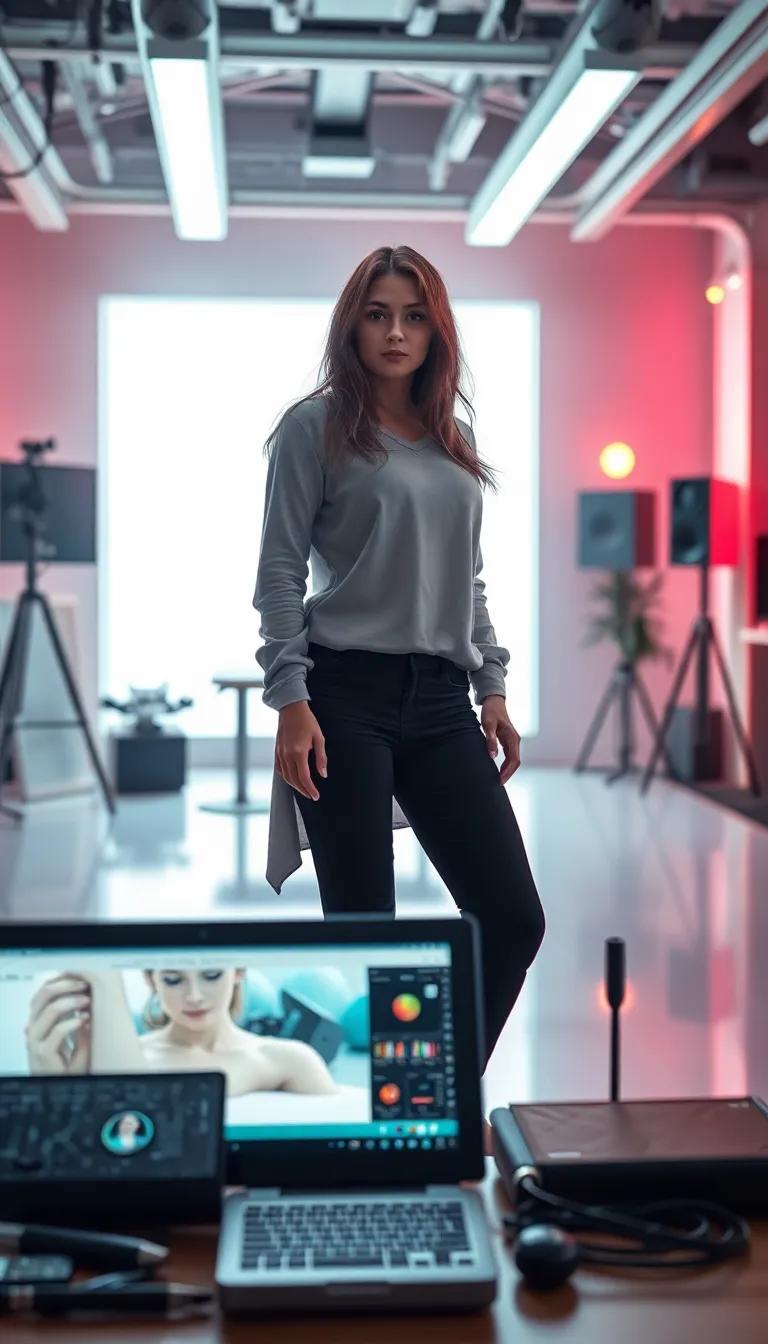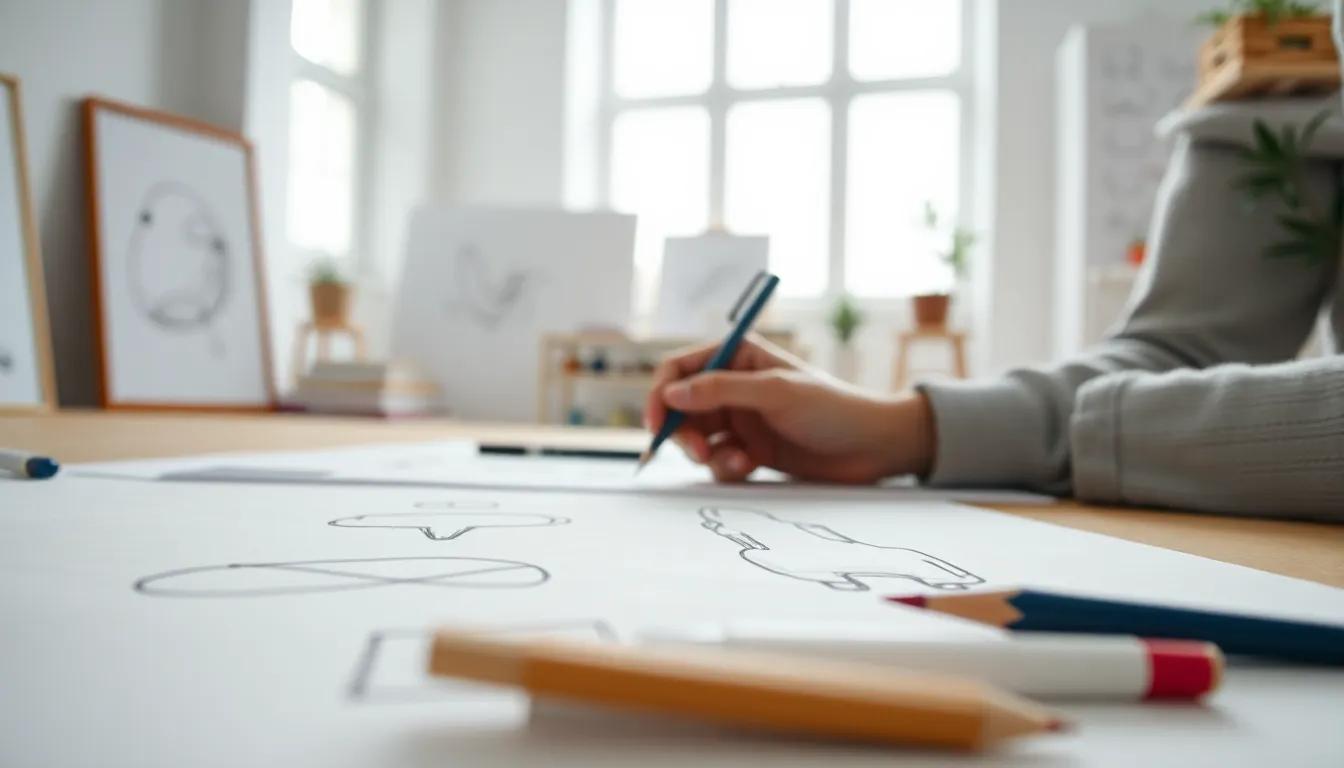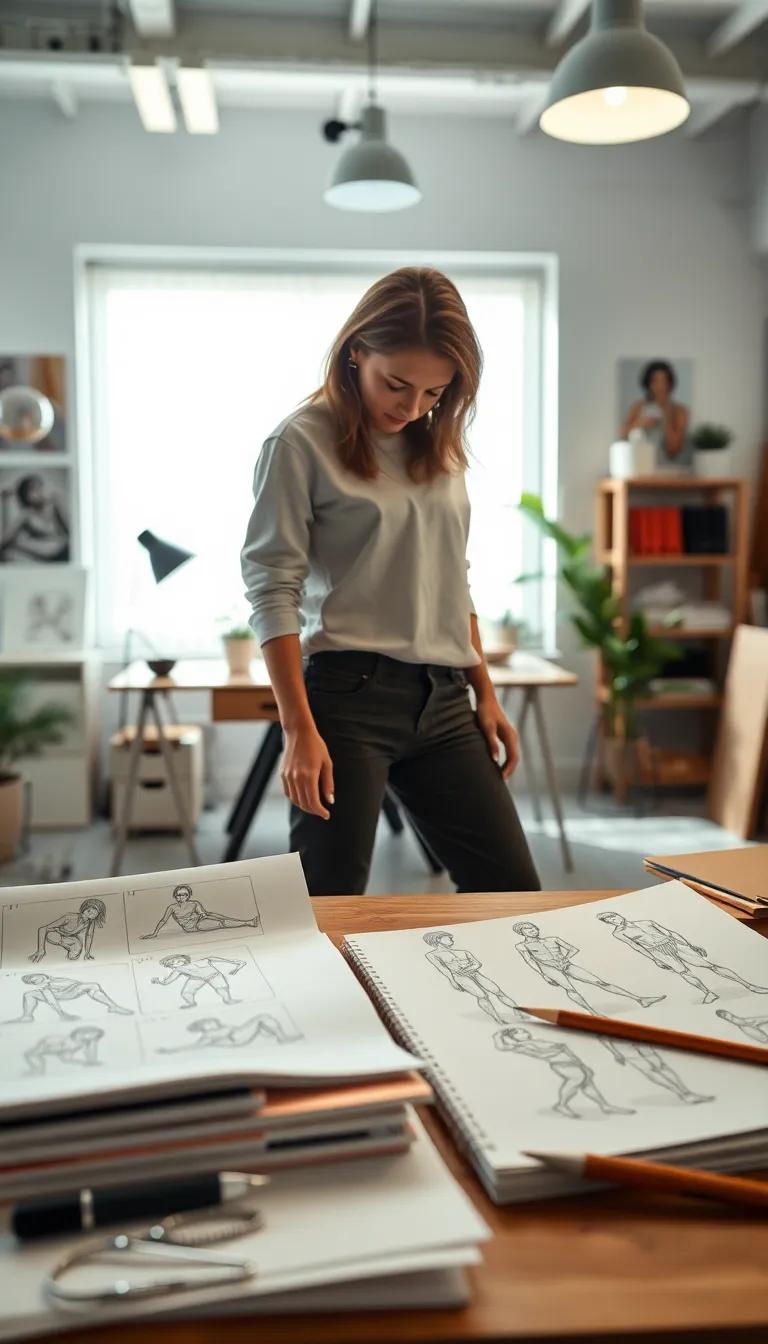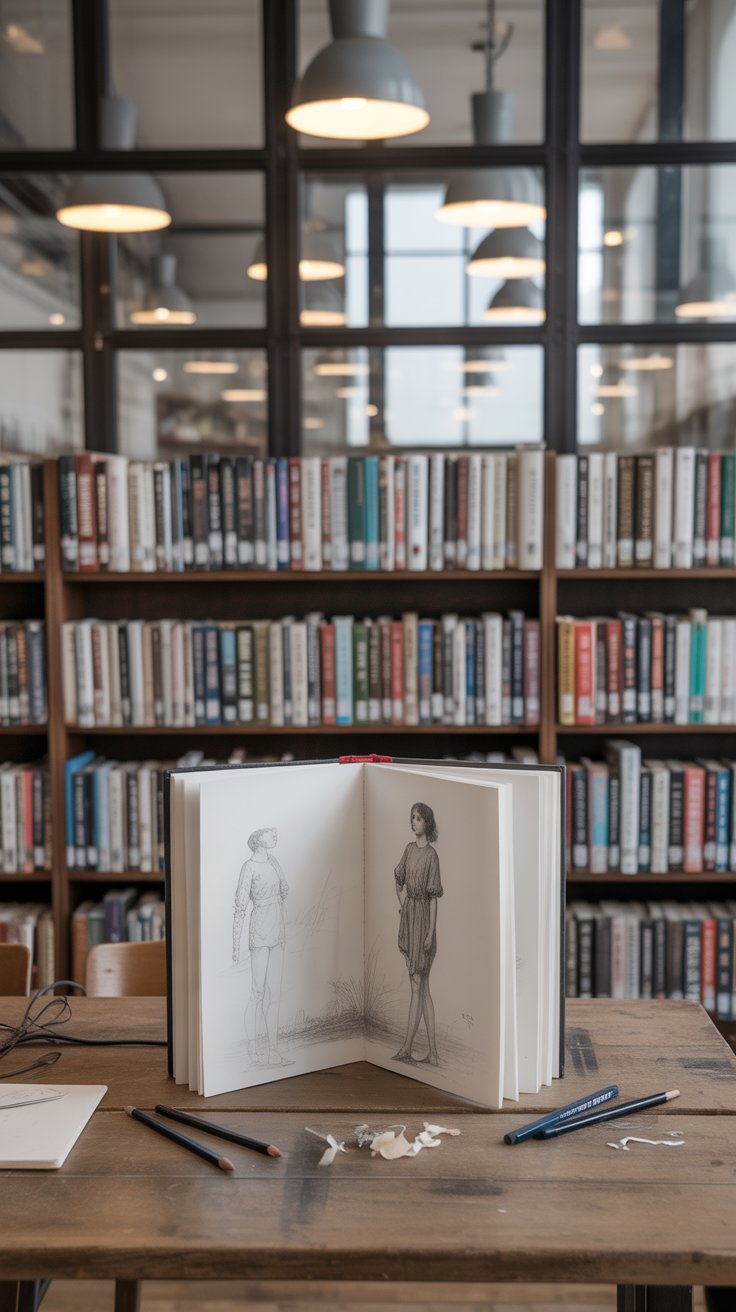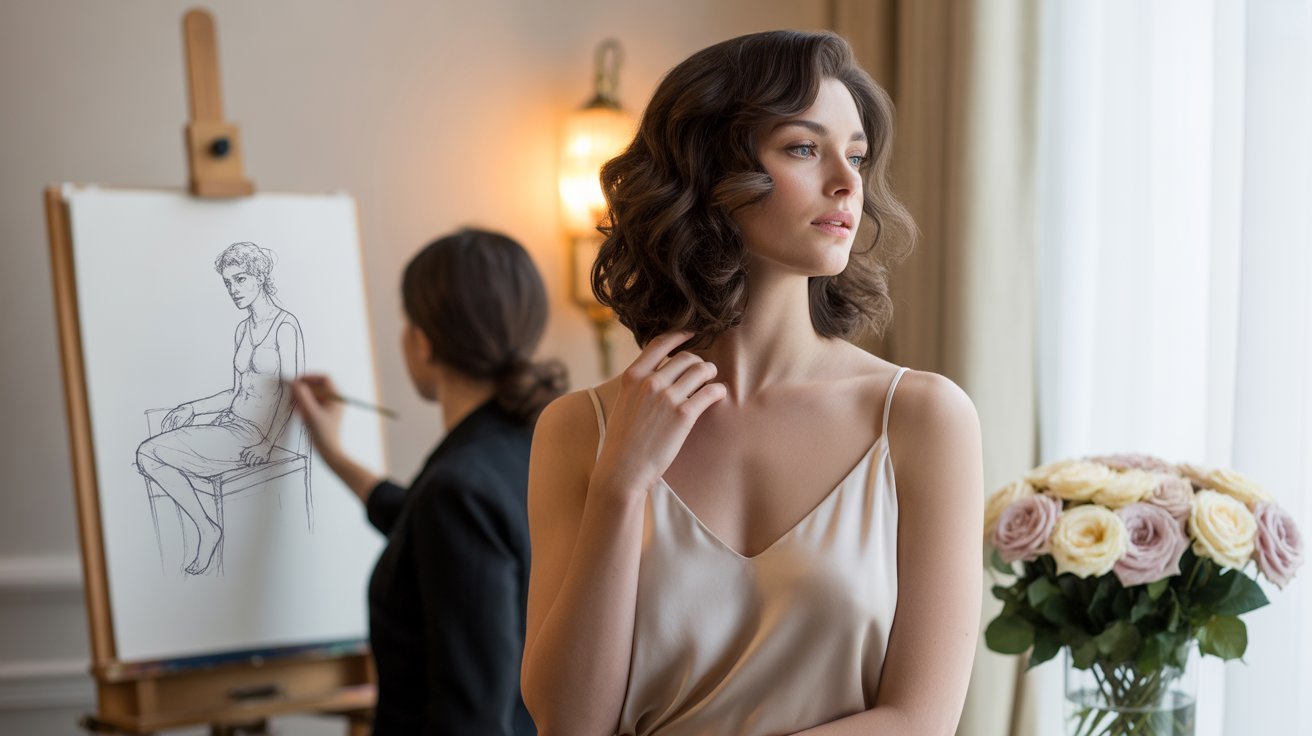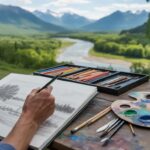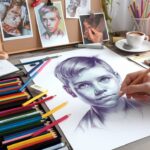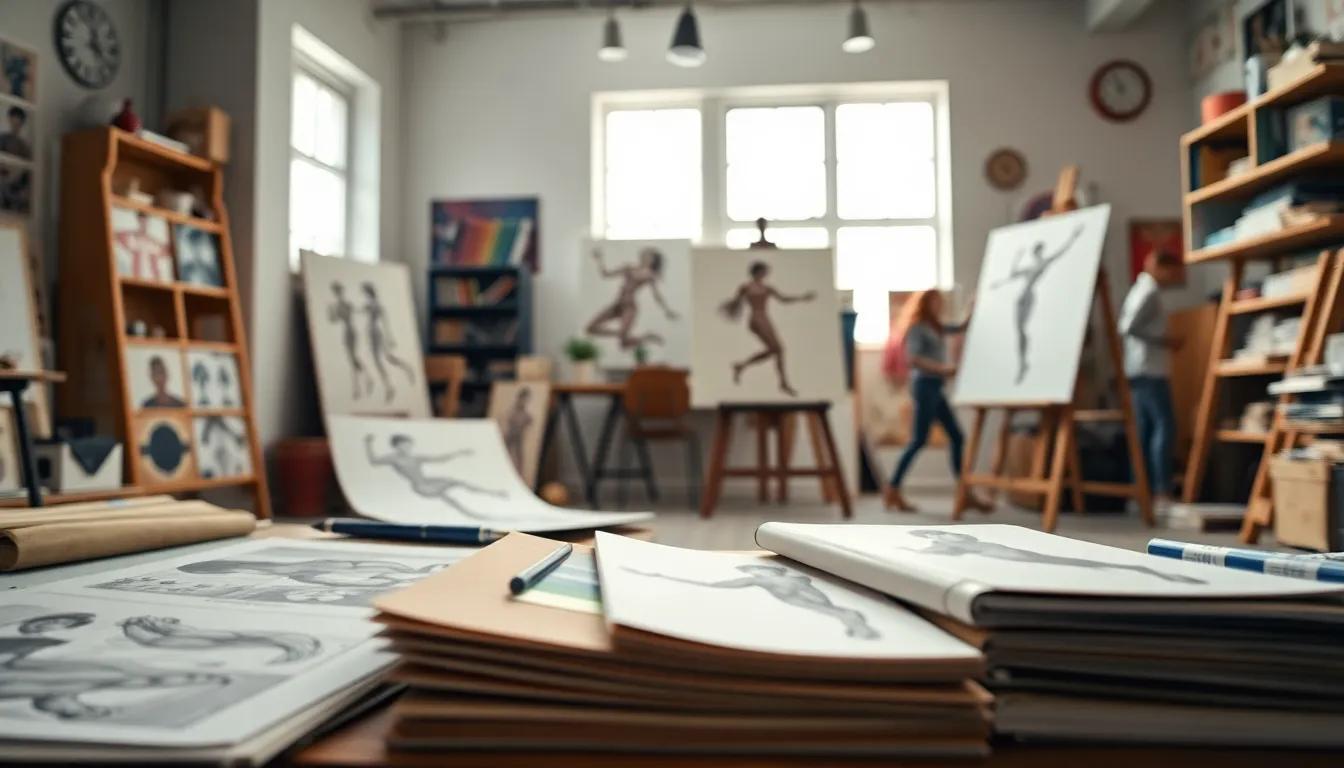
Essential Art Reference Poses For Every Artist
Introduction
Art is a profound form of expression, and mastering the representation of the human form can significantly enhance an artist’s skill set. Art reference poses serve as a vital resource for artists aiming to understand and depict the intricate details of anatomy, expression, and movement. By studying these poses, artists can convey emotion and create dynamic compositions that draw viewers in. Whether for painting, drawing, or digital art, reference poses provide invaluable insight into rendering the human body accurately.
Utilizing reference poses allows artists to break free from traditional limitations and explore creative avenues. With advancements in technology, resources are more accessible than ever, enabling artists to find various poses through online platforms, workshops, and life drawing sessions. Embracing these references not only aids in proficiency but also inspires new narratives and ideas within an artwork. This article will explore essential poses that every artist should consider integrating into their practice.
Understanding Human Anatomy through Reference Poses
The comprehension of human anatomy plays a pivotal role in the creative endeavors of artists. Proficiency in anatomy not only enhances the artist’s ability to depict the human form accurately but also imbues their works with a sense of realism and emotive power. Reference poses serve as a bridge between mere observation and the nuanced understanding of human proportions, muscle structure, and movement. By engaging with reference poses, artists develop a deeper appreciation of how the body operates and interacts in various positions.
Key anatomical features such as the skeletal structure, muscular groups, and the intricate network of tendons and ligaments are best understood through the study of poses. For instance, the understanding of the spine’s curve can radically influence the depiction of a figure in motion. Similarly, recognizing the role of the shoulder girdle in raising an arm can enhance the artist’s ability to convey dynamic action appropriately. By referencing and studying real-life poses, artists can grasp how the weight of the body shifts, how balance is maintained, and how pressure points create tension or relaxation in a figure.
When representing anatomy through poses, several aspects must be considered. The landmarks of the body, such as the clavicle, the iliac crest, and the knee joint, provide critical visual cues that guide proportion and alignment. While capturing the essence of these anatomical features, an artist can leverage reference poses to highlight unique character traits or emotional states. For instance, a slightly hunched posture may suggest introspection or vulnerability, whereas an open stance can embody confidence and assertiveness.
Understanding human anatomy through reference poses enriches an artist’s storytelling abilities. Each pose carries its own narrative potential, shaping the viewer’s perception of the subject matter. A compelling pose can evoke emotion, capture a fleeting moment, or create a sense of drama. Thus, mastering these anatomical fundamentals through reference poses equips an artist with essential skills for their creative toolbox, enabling them to portray the human experience authentically and expressively.
Variations of Poses Dynamic and Static
Understanding Dynamic and Static Poses in Art
Art reference poses can be categorized into two primary types: dynamic and static. Understanding these variations is vital for artists seeking to enhance their creative projects. Dynamic poses convey a sense of movement and energy, often capturing a figure in action. These poses are characterized by the fluidity of lines and the tension of muscles, allowing the artist to showcase the intricate balance between motion and posture. For instance, a dancer mid-leap or an athlete executing a complex maneuver embodies a dynamic pose that can capture the viewer’s attention through its compelling depiction of kinetic energy.
On the other hand, static poses emphasize stability and serenity. These are often utilized in portraiture or still life, where the subject is not engaged in active movement. Static poses allow for more extended observation, inviting viewers to explore the nuances of emotion and expression. A seated figure or a person standing with arms relaxed creates a contemplative atmosphere, encouraging the audience to absorb details such as facial expressions or the intricacies of fabric draping.
The Impact of Poses on Composition and Viewer Perception
The choice between dynamic and static poses greatly influences composition. Dynamic poses tend to create a sense of excitement and urgency in a piece, drawing the viewer’s eye along the lines of action and inviting them to feel the energy captured on the canvas. This can lead to a composition that feels alive, with movement radiating from the focal points of the artwork. Artists can use diagonal lines and sweeping curves, emphasizing the direction of movement to further galvanize this energy.
Conversely, static poses present an opportunity for balance and harmony within a composition. A well-executed static pose can ground a scene, offering a space for reflection. This stability often leads to a more intimate viewer experience, where the subtleties of the pose become central to the narrative. In such cases, symmetry and proportion may be emphasized to evoke a sense of order, inviting viewers to engage on a more contemplative level.
Recognizing the merits of both dynamic and static poses enables artists to effectively manipulate viewer perception, enhancing the storytelling aspect of their work. By mastering these two types of poses, artists can enrich their visual narratives, adding depth and nuance to their creative expressions.
Poses for Various Artistic Styles
Adapting Poses for Emotional and Thematic Expression
Artistic styles profoundly shape the interpretation and execution of poses. Each genre, whether realism, impressionism, or abstraction, requires a unique approach to how figures are posed. Understanding these nuances allows the artist to communicate specific emotions and themes effectively, enhancing their creative expression.
In realism, poses are often grounded in accurate anatomical structure and true-to-life representations. The objective is to depict human figures in a way that is recognizable and relatable. A realistic pose employs weight, balance, and natural body language to evoke familiar emotions. For instance, a subtle shift in a subject’s shoulders or a slight bend in the knee can convey tension, relaxation, or even intimacy. Artists must detail the musculature and skeletal forms, capturing the inherent dynamism of human movement. Reference poses used in this style highlight naturalistic qualities, allowing viewers to connect on an emotional level with the subject portrayed.
Impressionism embraces spontaneity and emotionality, often favoring poses that capture fleeting moments of life. In this genre, poses may deviate from anatomical accuracy, embodying the essence of a mood or an atmosphere rather than strict representation. Artists often utilize loose brush strokes and softer forms, with poses that might suggest motion or shift meaning. For example, a dancer caught mid-leap may present a vivid interpretation of joy, urging the viewer to experience the moment’s vibrancy rather than focusing on precision. Such poses invite interpretation and emotional resonance, relying on the viewer’s imagination to fill in the gaps.
Abstraction distills poses to their purest form, often using shapes and lines to symbolize concepts rather than representational elements. In abstraction, the pose functions as a visual cue, inviting the audience to engage with deeper meanings or emotions beyond the physical realm. An outstretched arm or a tilted torso can represent longing or tension without adhering to the human form’s realist representation. Artists working in this manner must creatively manipulate poses to evoke reactions while challenging conventional perceptions of anatomy.
The choice of pose must align with the artist’s intent and the emotional landscape of the piece. By skillfully adapting poses for each artistic style, artists can effectively convey their narrative and emotional undertones, enriching the viewer’s experience. With a solid foundation in anatomy and a keen understanding of how poses influence perception, artists are empowered to explore their creativity fully.
Incorporating Cultural Context into Poses
Interpreting Poses through Cultural Lenses
The portrayal of human figures in art is significantly shaped by cultural contexts. Each culture has its own set of values, stories, and experiences that inform how the human body is represented. For instance, traditional African art often emphasizes rhythm and movement, embodying a sense of vitality and community. In contrast, classical Western art typically prioritizes proportion and individualism, portraying figures in a manner that highlights their psychological depth and intellectual engagement. This divergence suggests that artists must be acutely aware of how cultural norms affect not only the poses they choose but also the messages they aim to convey.
When artists select poses, they do so with an understanding that each stance carries connotations deeply rooted in cultural traditions. A pose that expresses grief in one culture might symbolize triumph in another. For example, the act of raising arms can signify desperation in certain contexts yet represent victory in others. Such nuances require artists to engage in thorough research and sensitivity to cultural meanings, ensuring that their interpretations resonate appropriately with their intended audience.
Contextualizing Human Figures in Art
The importance of context in the portrayal of human figures cannot be overstated. Different historical and social circumstances give rise to varying artistic conventions. The Renaissance era’s fascination with humanism led to the creation of idealized figures, grounded in philosophical notions of beauty and symmetry, while post-colonial art movements have prompted a re-examination of identity and representation. Artists now often face the challenge of balancing traditions with contemporary expressions that reflect societal changes and global interconnectedness.
Incorporating cultural context into poses extends beyond mere representation; it is a powerful tool for storytelling. Each pose can evoke emotional responses and convey complex narratives by tapping into shared cultural knowledge. For instance, a pose that denotes a greeting in one culture may translate into a gesture of reverence in another, showcasing how interconnected our human experiences can be, yet underlining the distinctiveness of cultural expression.
The thoughtful integration of cultural perspectives into art reference poses enriches the artist’s practice, allowing them to create works that are not only visually compelling but also culturally resonant. This depth adds a layer of authenticity and engagement to their art, inviting viewers to appreciate the intricacies of human experience across diverse cultural landscapes.
The Role of Technology in Modern Art Reference Poses
Redefining Access to Reference Poses
Over the years, technology has revolutionized how artists access and utilize reference poses, making it easier and more efficient than ever before. Traditional methods involved the use of live models or printed materials. However, with the advent of digital resources, artists now have a vast array of options at their fingertips. From online libraries filled with high-resolution images to dedicated applications that provide customizable poses, technology has democratized access to essential art reference poses.
One of the most significant advancements has been the introduction of virtual models and software specifically designed for artists. Programs like Posemaniacs and 3D anatomy applications allow artists to manipulate figures in three-dimensional space, adjusting angles and perspectives instantly. This flexibility mimics the experience of working with a live model while offering the convenience of a digital environment. Artists can rotate, zoom, and change the lighting to capture the desired effect, enhancing their understanding of anatomy and perspective.
Enhancing Creativity Through Digital Innovation
The integration of technology does not merely provide convenience; it also fosters creativity. With digital resources, artists can experiment with poses that may not be easily accessible in real life. For instance, artists can create dynamic action poses, intricate gestures, or even fantastic characters that defy physical limitations. This capability encourages exploration, allowing artists to push their boundaries and innovate within their work.
The collaborative nature of modern technology expands the artist’s toolkit. Online platforms enable artists to share their work and gather feedback from peers, enriching their learning process. Social media and communities dedicated to art allow artists to discuss techniques and approaches related to pose reference. Accessing critiques and supporting each other’s development has become simpler and more interactive, strengthening the artistic community.
As technology continues to evolve, so too will the ways in which artists integrate reference poses into their practice. With ongoing advancements in virtual reality and augmented reality, the potential for immersive learning experiences is vast. Envision a future where artists can step into a virtual studio, surrounded by 3D figures in motion, allowing for even deeper engagement with their craft.
The role of technology in the realm of art reference poses is to supplement traditional methods while opening up new avenues for creativity and expression. As artists harness these tools in their practice, they cultivate a modern understanding of anatomy and figure representation that can transform their artistic journey.
The Importance of Practice and Experimentation
For artists, mastering anatomy and enhancing creativity requires a commitment to regular practice and a willingness to experiment with art reference poses. Using reference poses effectively enables artists to hone their skills, understand proportions, and explore different styles. The connection between observation and creation is vital; repeated engagement with reference poses allows artists to internalize complex shapes and movements, leading to more confident and expressive work.
Emphasizing the Need for Regular Practice
Practicing with reference poses daily can significantly enhance an artist’s proficiency. Artists should develop a routine that incorporates a variety of poses, from dynamic movements to serene stances, enabling them to tackle diverse scenarios. Setting aside dedicated time each day to sketch or paint from references fosters discipline and improves muscle memory, which in turn allows for quicker and more intuitive creation without reliance on resources.
Incorporating Experimentation into Your Routine
Experimentation is equally essential in the creative process. Artists should push the boundaries by altering existing poses or combining elements from multiple references to create something new. This approach encourages not just imitation but innovation, allowing the artist to discover unique styles and techniques. By deviating from traditional poses, artists can explore themes that resonate personally, leading to more authentic and deeply engaging works.
To facilitate practice and experimentation, consider these exercises:
- Quick Sketches: Spend 10-15 minutes on gesture drawing sessions. Use a timer and focus on capturing the essence of movement. This practice helps with speed and fluidity.
- Pose Variation: Take a single reference pose and create multiple interpretations. Change the angle, the expression, or the setting. This exercise enhances creativity and adaptability.
- Combining Elements: Choose features from different reference poses to create a unique character or scene. Experimentation with hybrid elements can lead to surprising results.
- Sketch From Memory: After studying a reference pose, try to recreate it from memory without looking. This exercise reinforces muscle memory and internalizes the pose.
Incorporating these practices into daily routines equips artists with the foundational skills necessary for expressing their individual styles. Regular practice and thoughtful experimentation with reference poses not only build technical proficiency but also cultivate a deeper artistic voice, preparing artists for the creative challenges ahead.
Creating a Reference Library for Artists
Building Your Personal Archive of Poses
Every artist can benefit from establishing a personal reference library filled with a variety of art reference poses. These libraries serve as invaluable resources, enabling artists to capture the intricacies of human anatomy and dynamic movements. By curating a collection tailored to your artistic style and needs, you can cultivate a richer understanding of form, proportion, and gesture, significantly enhancing your creativity.
Start by gathering a diverse array of poses. Collect images from various sources, such as online platforms, art books, and life drawing sessions. Consider including poses that feature different anatomical positions, actions, and emotional expressions. Curating poses from different angles—front, back, and side views—can also add depth to your reference library. Remember that including a mix of poses, from dynamic athletic stances to serene seated positions, will provide a broad range of options for your art creation.
Once your collection begins to take shape, organize it in a way that is accessible and easy to navigate. You might choose to categorize poses based on several criteria, such as emotion, action, or body part. Using digital platforms like Pinterest or dedicated reference management software can help you maintain order. For physical libraries, consider using binders or folders labeled by category.
Don’t limit yourself to existing resources. Taking your own photographs or sketches of friends or models can provide a personalized touch to your library. This is particularly useful for capturing specific poses that you find difficult to source elsewhere. Work with natural light and experiment with different settings to get the exact reference you desire.
Utilizing Your Reference Library in Practice
With your reference library in place, integrate it into your daily practice. Choose a pose daily or weekly that intrigues you. Challenge yourself by drawing it from multiple perspectives or in different styles. Over time, you’ll notice a significant improvement in your ability to capture anatomy dynamically and expressively.
As you work with reference poses, take note of the ones that resonate with you or evoke certain emotions. Highlight these poses in your library for future consideration. The aim is not only to depict the human form accurately but to breathe life into your artwork, enhancing your storytelling and emotional expression.
Conclusions
Utilizing art reference poses is not merely about capturing the human figure; it is about conveying stories and emotions through precise representations. Artists enhance their technical skills and unlock their creativity by studying and practicing these essential poses. The journey of understanding human anatomy and movement leads to more profound and impactful artwork that resonates with audiences.
As you navigate your artistic journey, remember that these poses are tools at your disposal. Whether you are a beginner honing your skills or an experienced artist exploring new dimensions in your work, integrating art reference poses will infuse your creations with a sense of vitality and authenticity. Embrace them, and let your artistry flourish.
